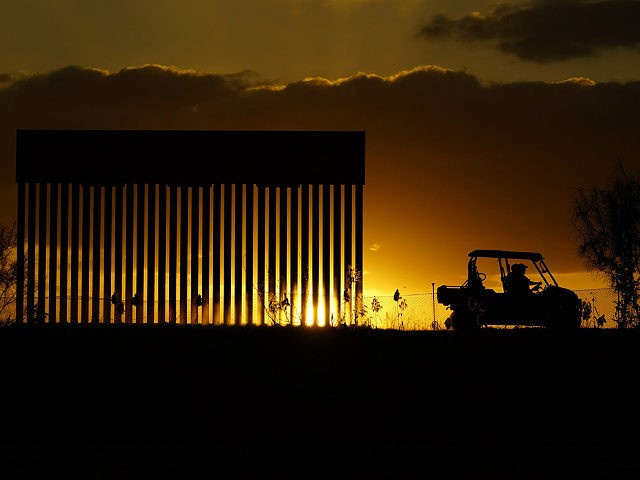Americans, by three to one, strongly favor the preservation and use of President Donald Trump’s border wall, according to a poll by Harvard-Harris.
The panel of 1,778 adults was asked: “Do you think that any holes in the border wall with Mexico should be patched or should be left open?”
Seventy-three percent of the respondents wanted the government to patch gaps in the wall, while 27 percent opposed such action.
Retaining the existing wall received 79 percent support when respondents were asked: “Should the hundreds of miles of the border wall that have been constructed over the last few years be left in place or dismantled?”
Only 21 percent — or one in five — said the government should come down.
The border wall is a barrier to illegal migration and to the transport of drugs into Americans’ communities.
The survey was conducted February 23 to 25, as border-agency officials struggled to minimize media coverage of the growing number of economic migrants they have invited to the U.S. border.
President Joe Biden stopped the additional construction of the border wall as soon as he got into office. However, a lawsuit may force Biden to restart construction because his agencies have not completed work that Congress directed and funded in 2019 and 2020.
The Harvard-Harris poll also showed the public ambivalence toward the wall. For example, 53 percent of respondents in the poll said they supported Biden’s decision to halt the construction.
Forty-seven percent of the public disagreed with Biden’s decision. The detail of the poll showed 33 percent strongly approved of Biden’s decision, while 32 percent strongly disapproved.
For years, a wide variety of pollsters have shown deep and broad opposition to labor migration and the inflow of temporary contract workers into jobs sought by young U.S. graduates.
The multiracial, cross-sex, non-racist, class-based, intra-Democratic, and solidarity-themed opposition to labor migration coexists with generally favorable personal feelings toward legal immigrants and toward immigration in theory — despite the media magnification of many skewed polls and articles that still push the 1950’s corporate “Nation of Immigrants” claim.
The deep public opposition is built on the widespread recognition that migration moves money from employees to employers, from families to investors, from young to old, from children to their parents, from homebuyers to real estate investors, and from the central states to the coastal states.

COMMENTS
Please let us know if you're having issues with commenting.